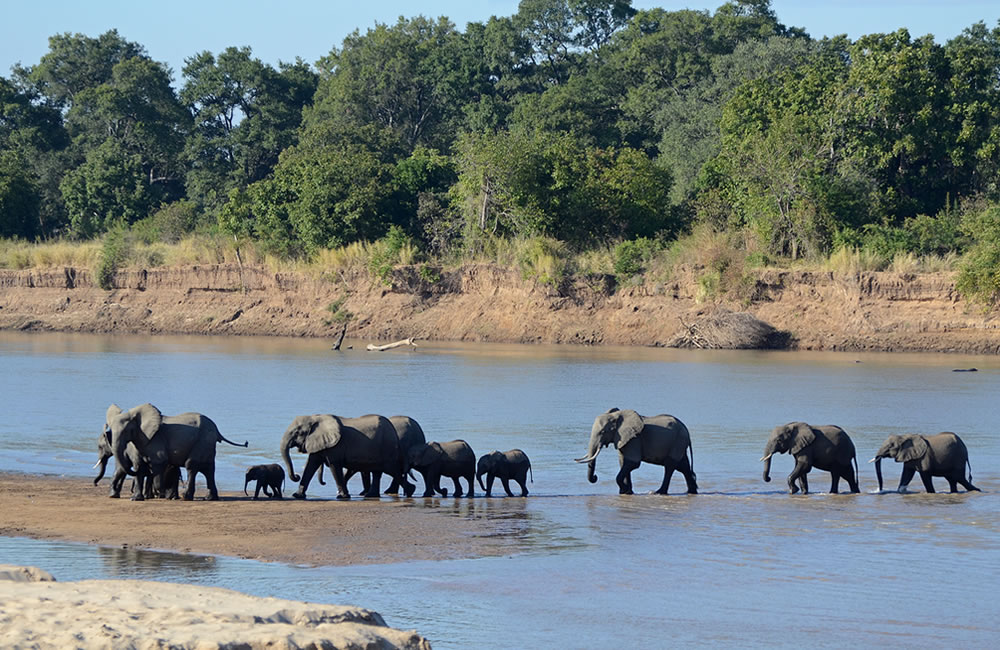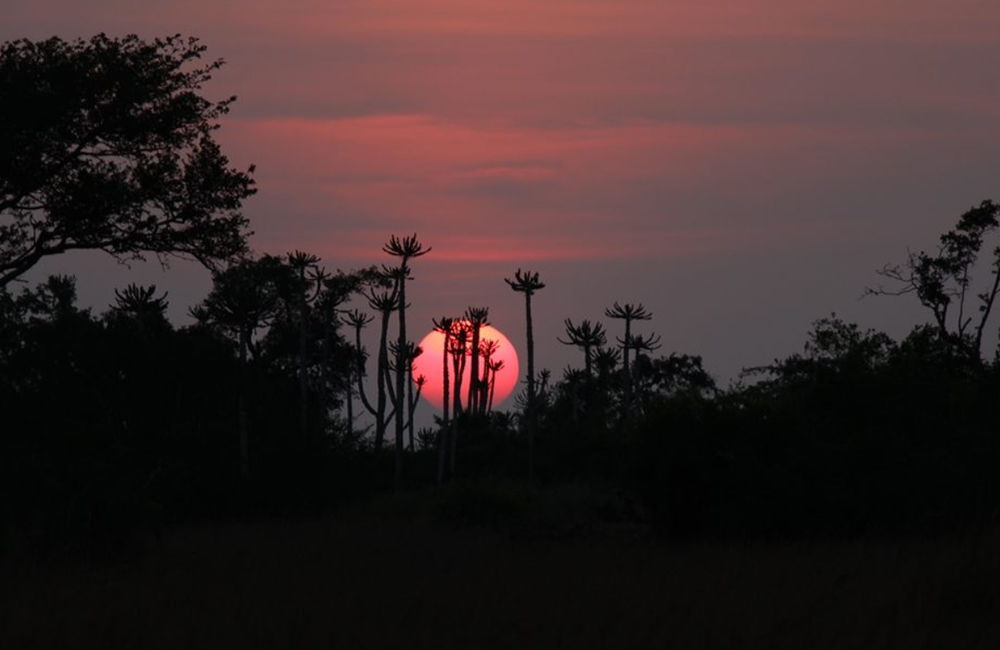In the Virunga ranges of Africa; shared by Uganda Congo and Rwanda, you will find the rare mountain gorillas. In Uganda around the Bwindi Impenetrable Natural Forest, Rwanda at the Volcanoes National Park and Albert National Park in The Belgian region of Congo. One of the favorite places for tourists is the Volcanoes National Park in the North of Rwanda (found in the small village of Musanze – the former Ruhengeri area) in her Virunga ranges habituated by 10 gorilla family groups of mountain gorillas.
Volcanoes Natonal Park is believed to be the oldest park in Africa. Formed from the Karisimbi, Mikeno and Visoke volcanoes which were gazette for the protection of mountain gorillas that were nearing their extinction.
Dian Fossey, who was researching on mountain gorillas in 1967, was the one behind the conservation of these endangered creatures and even established resources fighting against poaching in the then Karisoke area (Karisimbi and Visoke). Volcanoes National Park, is a home to mountain gorillas, golden monkeys, spotted hyena, buffalos, elephants, bush back, black fronted duiker as well as birds. This park is habituates about 480 mountain gorillas with more than half of the world’s population and the rest in the Bwindi area of Uganda.
Volcanoes National Park is an easily accessed park; where apart from flying out there, you can also enjoy a two hours’ drive through the hills of Rwanda to the park headquarters of ORTPN in Kinigi. This park offers several tourism activities which include among others; gorilla trekking, hiking on the Karisimbi and Bisoke, visiting Dian Fossey site and the twin lakes of Ruhondo and Bulera.
One to view mountain gorillas, it is necessary to buy a permit in advance prior your tour. This can be obtained from Rwanda Tourism Board. Permits currently cost $750USD a person, and are set to go up to $1000 a person in 2014.The gorilla permits allow you to spend an hour with a gorilla family group.
Rwanda is blessed with 10 mountain gorilla families with seven available for the tourists , 8 persons per group (Susa, Sabyinyo, Amahoro, Group 13, Kwitonda, Umubano , and Hirwa from Group 13 and Sabyinyo. Normally for a gorilla visit, you are assigned to a gorilla group in line with your level of fitness and ability to take the longer gorilla treks in Volcanoes National Park.
Each gorilla group is only exposed to eight tourists a maximum one hour each day. Therefore less than 100 people are permitted each day.
Note: Children under 15 years of age can not go gorilla tracking.
On the fateful day of gorilla trekking in Rwanda, tourists assemble at the Volcanoes National Park headquarters early in the morning (7:00am), here you enjoy a traditional Intore dance performance while sipping a cup of African coffee. At the headquarters you are also assigned a gorilla group and a guide, based on your fitness level. You can opt for: a short hike ranging from 30 minutes to an hour, a medium hike running between one hour to three hours, and a long hike that can even last for a day to the large Susa group. Your guide will be in contact with trackers in the park who know pretty much where each gorilla group is – so each morning they have a good idea of all the gorillas’ whereabouts.
After mastering the briefing on these creatures, you set off into the park with your guide, for the most amazing wildlife experience of your life.




